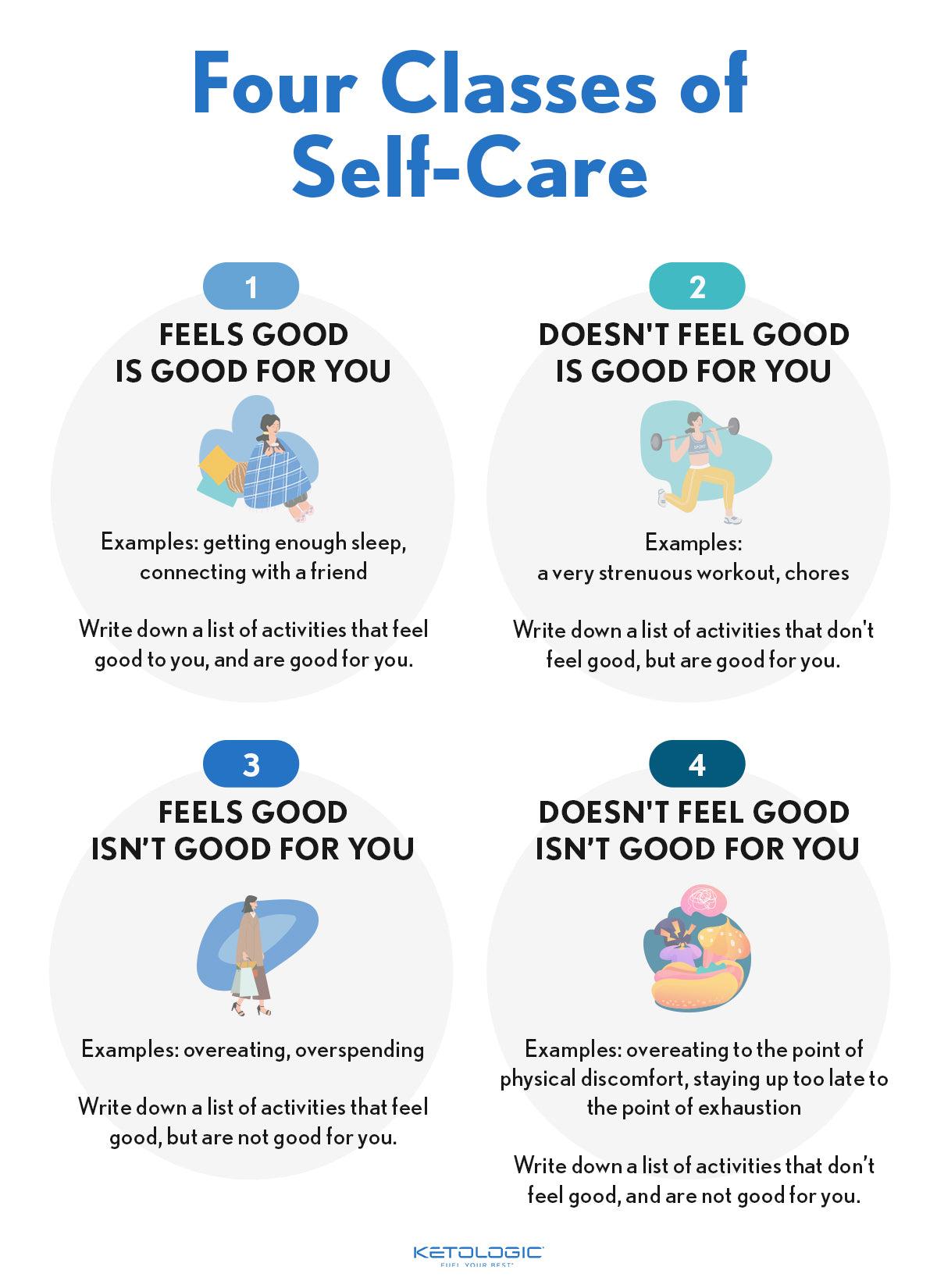In the kaleidoscope of human emotions, food often emerges as both a comfort and a companion, weaving its way into the fabric of our most vulnerable moments. Emotional eating, a phenomenon as ancient as humanity itself, transcends cultures and continents, whispering to us in times of stress, joy, loneliness, and celebration. Yet, for many, this seemingly innocuous relationship with food can spiral into a complex dance of dependence and discontent. Can emotional eating truly be overcome, or is it an indelible part of the human experience? This article delves into the intricate tapestry of emotional eating, exploring its roots, manifestations, and the pathways to potential liberation. Join us on a journey through the mind’s labyrinth, where psychology meets nutrition, and discover whether we can reshape our connection with food from one of emotional refuge to mindful nourishment.
Understanding the Roots of Emotional Eating
Emotional eating is a complex behavior often rooted in an intricate tapestry of psychological and physiological triggers. For many, it’s a response to stress, anxiety, or sadness, offering a temporary solace that food seems uniquely equipped to provide. Understanding these roots involves delving into the myriad ways emotions can influence our eating habits. Childhood experiences, for instance, can play a significant role; perhaps food was used as a reward or comfort during difficult times, laying the groundwork for emotional eating patterns that persist into adulthood.
Moreover, the physiological aspect cannot be ignored. Hormonal imbalances and neurochemical responses can amplify cravings, making it difficult to distinguish between hunger and emotional needs. Consider these common triggers that might resonate:
- Stress and Cortisol: High-stress levels increase cortisol, which can lead to cravings for sugary or fatty foods.
- Boredom: Eating can become a habitual way to fill the void of time and lack of stimulation.
- Emotional Void: Using food as a substitute for emotional fulfillment, such as love or companionship.
By identifying these underlying factors, individuals can begin to develop strategies to address them, paving the way for healthier relationships with food.

Strategies to Break the Cycle of Emotional Eating
To effectively address emotional eating, it is essential to develop a deeper understanding of one’s emotional triggers and create a supportive environment that fosters healthy habits. Mindful awareness is a powerful tool in this journey. By paying attention to the present moment and observing emotional cues without judgment, individuals can begin to identify patterns and triggers that lead to emotional eating. This heightened awareness can pave the way for alternative coping mechanisms that do not involve food.
Building a robust support system can also play a crucial role in breaking the cycle. Consider these strategies:
- Seek Professional Help: Engaging with a therapist or counselor can provide valuable insights and personalized strategies.
- Join Support Groups: Connecting with others who share similar challenges can offer encouragement and a sense of community.
- Practice Self-Compassion: Cultivating a kinder inner dialogue can reduce the shame and guilt often associated with emotional eating.
Ultimately, overcoming emotional eating involves a combination of self-awareness, emotional resilience, and a commitment to personal growth.
Mindful Eating: A Path to Emotional Balance
In the quest to conquer emotional eating, mindful eating emerges as a transformative ally. By nurturing a deeper awareness of our eating habits, we can begin to unravel the complex web of emotions tied to our food choices. This approach encourages us to be present, fostering a profound connection between our mind and body. Instead of reaching for comfort foods during stress or boredom, mindful eating invites us to explore the underlying emotions, offering a chance to address them directly rather than through the contents of our pantry.
- Increased Awareness: Recognize and understand your emotional triggers.
- Enhanced Satisfaction: Savor each bite, making meals a fulfilling experience.
- Emotional Resilience: Develop healthier coping mechanisms beyond food.
Through this practice, emotional eating can be gently transformed from an automatic response into a conscious choice, aligning our dietary habits with our emotional well-being. By embracing this path, individuals can find not only a more balanced relationship with food but also a more harmonious connection with themselves.

Practical Tips for Sustaining Healthy Eating Habits
- Mindful Eating Practices: Pay attention to what you eat and how it makes you feel. Instead of mindlessly snacking while watching TV, try sitting at a table and savoring each bite. This approach helps in recognizing hunger cues and prevents overindulgence.
- Plan and Prepare Meals: Dedicate some time each week to plan your meals and snacks. Having a structured plan can reduce the temptation to opt for unhealthy choices. Prepare portions in advance, making it easier to grab a healthy option when you’re in a hurry.
- Healthy Alternatives: Keep your kitchen stocked with nutritious snacks. Replace chips and cookies with nuts, fruits, or yogurt. Having healthy options readily available can make a significant difference when cravings strike.
- Hydration Awareness: Sometimes thirst is mistaken for hunger. Keep a water bottle handy and aim to drink water throughout the day. Staying hydrated can help curb unnecessary eating and support overall well-being.
Embrace these practices not as restrictions, but as enhancements to your lifestyle. Building these habits can transform your relationship with food, making it a source of nourishment and joy rather than stress and guilt.
Final Thoughts
In the labyrinth of human emotions, food often emerges as both a comforting ally and a challenging adversary. The journey to overcoming emotional eating is not about erasing the intricate connections between feelings and food but about understanding and navigating them with compassion and awareness. Like a skilled conductor, one must learn to harmonize the symphony of emotions, ensuring that each note—whether sweet, bitter, or savory—finds its rightful place in the score of life.
As we step back and reflect on the delicate dance between hunger and emotion, it becomes clear that the path to overcoming emotional eating is a personal odyssey. It requires patience, introspection, and sometimes, the courage to seek guidance. The tools are many, from mindfulness and therapy to self-compassion and community support. Yet, the essence of success lies in the willingness to embark on this transformative journey, one mindful bite at a time.
the question isn’t just whether emotional eating can be overcome, but how one can embrace the rich tapestry of human experience without letting it dictate their relationship with food. As with any journey worth taking, it begins with a single, deliberate step.


































